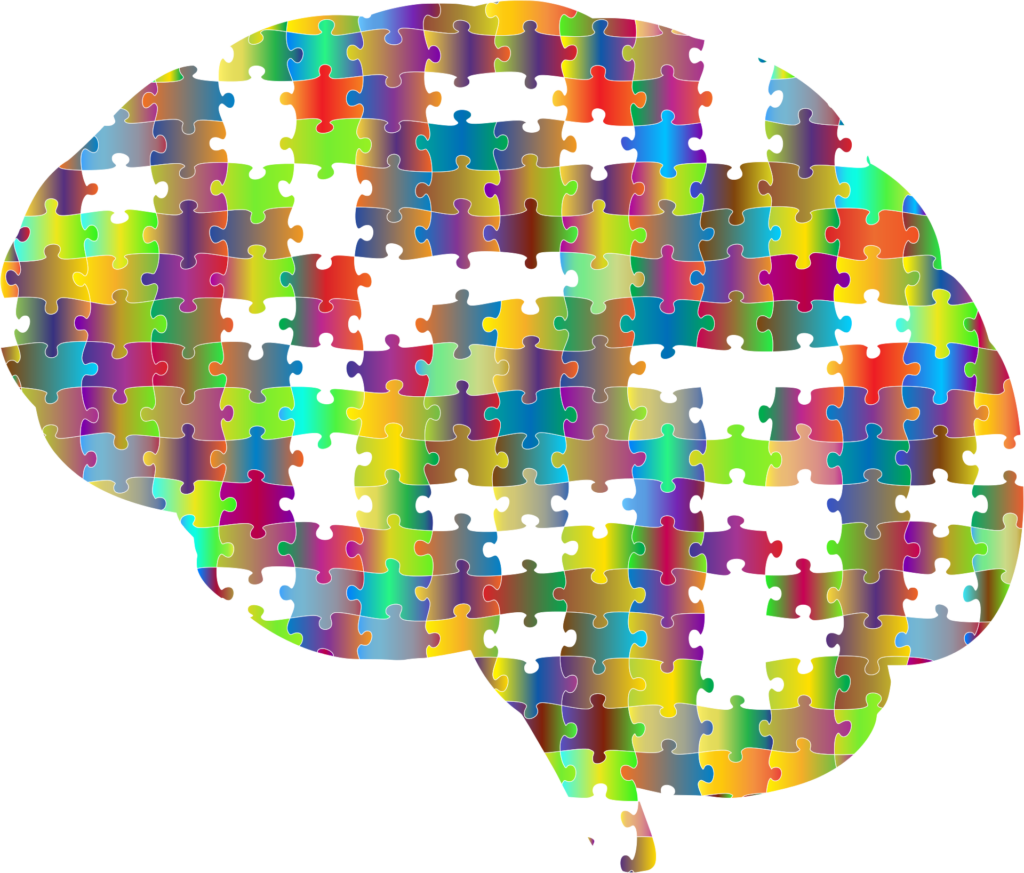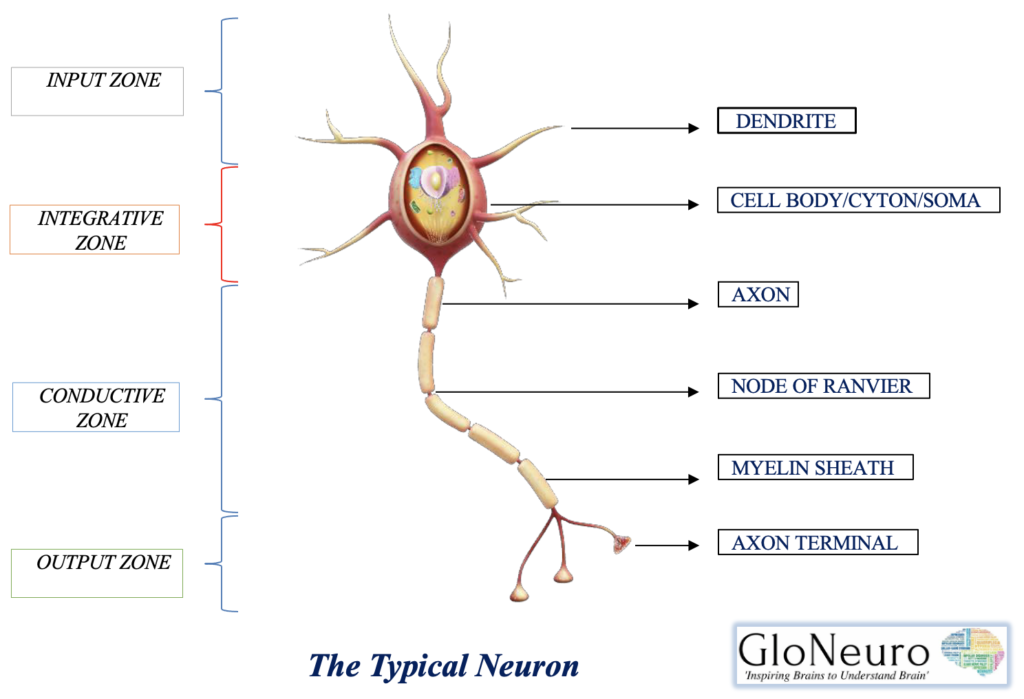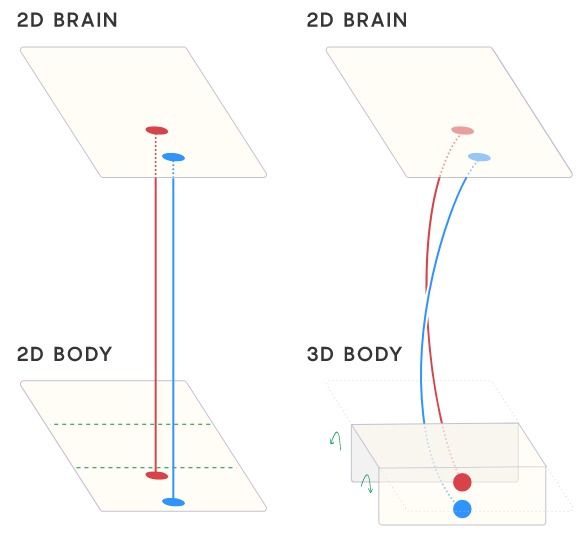“A Conversation with the Brain”
Updated on Feb 8th, 2022
Author: Mr. Bhuvaneshwar Yarlagadda

Hello!
What brought you here to know about the nervous system?

You might be wondering who I am?
People call me ‘The Master Organ’. Yes, you guessed it right!
I am ‘The Brain’ weighing 650 grams, and using almost 20% of your body’s glucose for functioning. Well, you would probably be having one more question running in mind ‘what is the function of the brain?
Alright! Today I am going to take you through a short trip of wonderful me. Let’s keep our conversation going on. Do you know how you hear? How you’re able to see the world? How you’re feeling the taste of yummy treats? How do you feel pain? As the human body evolved to have a heart with cardiac cells pumping blood, liver with hepatic cells to produce different juices, kidney with renal cells to purify the blood, the brain has special kinds of cells called ‘Neurons and Glia’ which make up the Nervous system and help in different senses like hearing, vision, taste, pain and many others. Now the questions that arise are – What are Neurons? How do they look? Well, neurons make up the network of information messengers carrying electrical impulses and chemical signals from one end to other. They have specific parts helping to perform my important functions (Figure 1). In other words, I am made of neurons and glia.
Aren’t you excited about it?
Let’s take an example, you had a headache and wanted to have coffee.
You made your coffee and started drinking it.
You can feel the taste of it, yes! it’s bitter (without sugar, of course).
But how are you sensing its nature of taste? Let’s investigate it.

The chemicals in the coffee interact with the taste receptors present on the taste buds on your tongue. These sensory receptors, in general, are wired by neurons and bring these signals to me. The interactions between the chemical substances and the receptors cause changes in the receptors’ membrane properties (known as membrane potential), triggering the neurons around them, thereby initiating the signals to move towards me.
Now let’s see how does my constituent cells (Neurons) function. Have a look at figure below. You can find the INPUT ZONE, which consists of structures called ‘dendrites’ (which may or may not contain spines). Its function is to receive and collect information from surrounding neurons or receptors and send it towards the Cell body/Soma. The direction of flow of the information in the form of voltage difference is always unidirectional. The neuron can carry ‘ACTION POTENTIALS’ unidirectionally, from the dendrites to the end of the Axon. These dendrites act as receiving inputs. They gather the information, collect, grab the signal coming towards it, and move it towards the cell body/soma for the next steps.

The INTEGRATIVE ZONE consists of the ‘Soma/Cell Body’ which contains most of the cell organelles. At the other end of the cell body, neurons have axon hillock which integrates all the input signals and gives the final output towards the axon after deciding whether to send the signal (the neuron gets excited & transfers the information) or not (the neuron gets inhibited & stops the passage of information). Let’s say one neuronal cell body received a -10mV input from one dendrite and +90mV from the other, their summation will result in an output of +80mV. There is one important thing I should mention here is that my cells (neurons) can only work (get excited) if the potential difference reaches +55mV. This is why neurons are said to be either Excitatory or Inhibitory in nature; they will fire or stay silent. So +80mV is a clear shot for the neuron to excite! Its gets excited and fires! It passes the change in the membrane potential (which is commonly called ‘Action Potential’) along the length of the axon. Axon Hillock is where the action potentials initiate; keep this in your memory, friend.
The ‘CONDUCTION ZONE’ consists of the axon and cells that myelinate it. Axon is involved in the conduction of impulses from the soma to the axon terminal. However, the conduction along its length differs. Myelinated axons, where the myelin sheath is formed, wrapping the axon by cells called Schwann cells (in the PNS) & Oligodendrocytes (in the CNS), conduct impulses faster at the rate of up to 150 m/s! Imagine your Ferrari racing at a speed of 540 km/hr! Isn’t it better than rocket science?
The information then reaches the end of the Axon, which is the ‘OUTPUT ZONE’ where structures called synaptic knobs that convey the electrical information received in chemical form by releasing chemicals called ‘Neurotransmitters’. There’s a lot to learn about these chemicals, which I will tell you some other day. Just to keep you knowledge-wise warm, neurotransmitters are either excitatory or inhibitory. Their release can excite or inhibit the neighboring neuron as well as their inhibition can stimulate or inhibit the next cell. Are you wondering how all this happening? If you are getting to know me by now, then you got the answer, mate! My neurons are interconnected. It’s similar to when you and your friends stand in a queue to play Tap-Game. When the person in your back taps on your shoulder, you may decide to do the same or not! The final output depends on the sum of all the inputs. If it’s getting a bit difficult catch-up, believe me, this journey with me will make you know about the most complex but the wonderful thing in the whole universe.
Alright! Now that I am already in your mind, will be waiting for you so that I can share more exciting information and facts. Until then, enjoy your favorite rhythm
Stay tuned to our meeting point ‘GloNeuro’ where you can understand the brain better by simply using yours! Thanks a lot for being with me!
Reviewer(s): Dr. Jitendra Kumar Sinha, Ms. Areeba Aziz || Editor: Dr. Shampa Ghosh
Related Articles

Decoding the Mystery -Why Our Brain and Body Connections are Crisscrossed

Title

Title